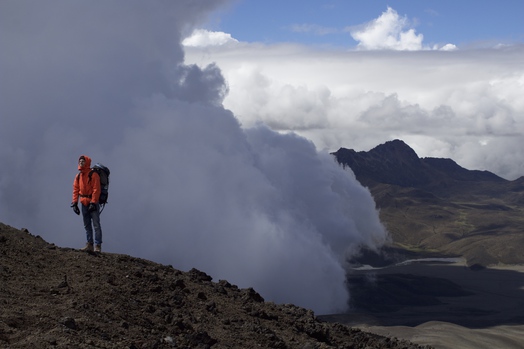Foggy cloud

> Customer: "I want to have problem x to be solved by a new cloud product y, can you make this?"
> Engineer: "Yes, of course, I'm an engineer. I can make anything, just pay me and give me sufficient amount of time."
> C: "Sorry, time & money are finite…"
> E: "Ok, so I guess with cloud you mean your data should always accessible, right?"
> C: "Yeah"
> E: "Like a website?"
When talking about The Cloud we're talking about making things invisible. Yet the implications of the actual technology chosen, hidden by that same cloud, matters a lot to most customers: should the application be up and running all the time? Does it matter whether where the servers are physically located (because of data security & privacy concerns)? Don't make it too foggy with labelling stuff cloud-computing.
Image is my own, so the terms at the bottom apply to this pic as well